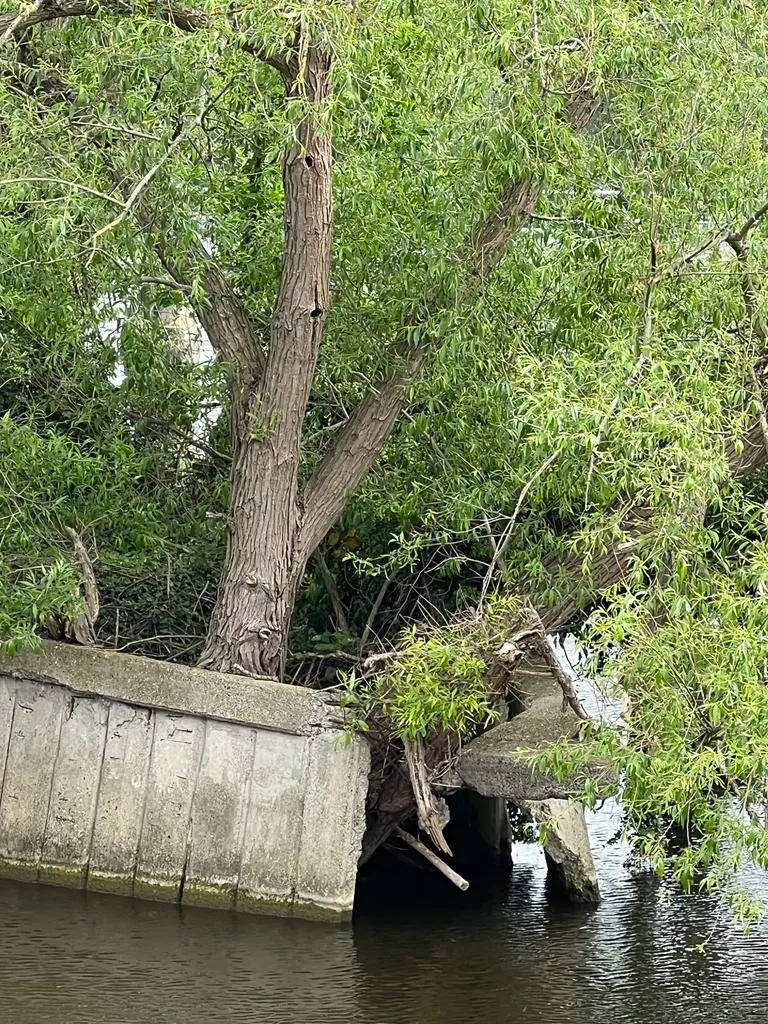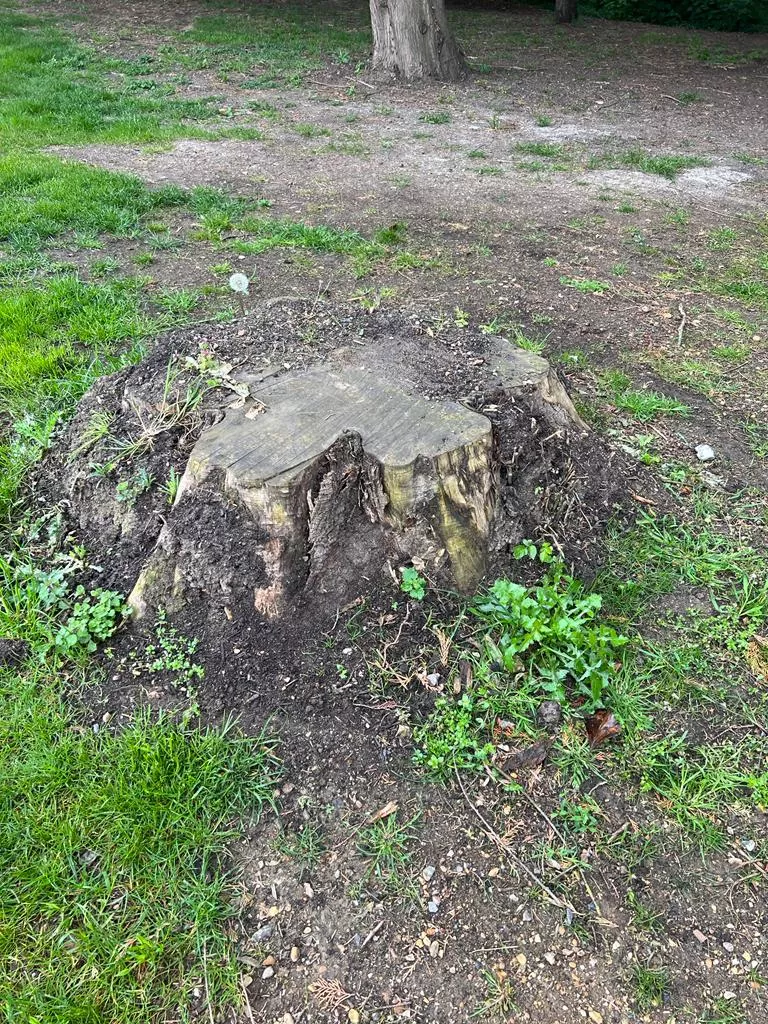
The Worst Trees That Cause Subsidence
Trees are often the cause of subsidence. This is a result of moisture being taken from the ground and also the tree roots so we will name and shame the worst trees that cause subsidence.
It has been found that trees with fine and long root structures cause the most damage in regard to building subsidence.
Recent surveys have found that Oak, Willow, Sycamore, Ash, Plane and Poplar are the most common trees related to building subsidence.
Whilst small trees and bushes do not cause building subsidence, certain types of trees can grow to a substantial size extremely quickly.
The roots may then affect the soil and foundations beneath the property.
If the soil is clay, the tree roots are more likely to cause subsidence to the property as clay will shrink and swell depending on its moisture content.
In the summer or in dry conditions the tree roots search for water. As this occurs the ground dries out and shrinks often causing movement and building subsidence.
The amount of water trees drink varies, but typically a large oak tree will drink 1000 litres a day.
Willows are known for being thirsty trees and thrive in wet conditions. Where they are planted in drier conditions the root system increases in size in its search for water.
Willow tree roots can extend to 40 metres so whilst that attractive looking tree halfway down your garden is aesthetically pleasing, it could be causing issues to the soil and foundation beneath your property.
Oak trees though are connected to the most amount of building subsidence issues in the UK.
Tree roots not only can cause issues to the foundations of your property, but also to the drains.
Roots seek to enter the drains in the search for water and once they have entered the drains they can rapidly grow quickly in the unrestricted space.

Where there is an extensive root system beneath a property or in the vicinity of a property, removing the tree may cause desiccation.
This is where the tree roots will rot over a period of time and leave voids in the soil beneath or adjacent to the property foundations. The property may well settle into these voids causing subsidence.
The most common remedial solutions for property subsidence are, underpinning, screwpiles, or resin ground injection.
The ground conditions determine which option is the most suitable.
Screwpiles are often a preferred option where there is trees or clay conditions and the screwpiles can be installed to a depth where they are unaffected by clay shrink and heave and below root systems.
Resin ground injection would be suitable where the ground is porous, and the resin can flow. Traditional concrete underpinning is a proven option that can be used in many applications.
Sometimes though depending on the ground conditions and the proximity of neighbouring properties the depth of excavation can be challenging in terms of health and safety.
Tree roots can also cause extensive damage to walls whether they are brock or concrete.
Structural Repairs can provide a subsidence underpinning solution to your problems though, so contact us to discuss your project.